Glue "Bustilat": properties and application
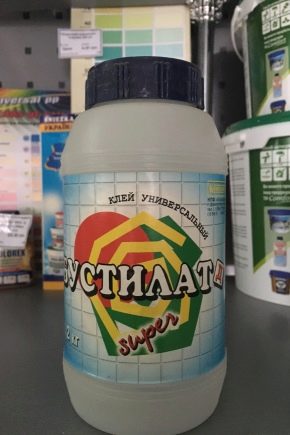
The name "Bustilat" was well known to the inhabitants of the Soviet Union. One of the most famous adhesives in the USSR, for more than half a century of its existence, has seen many repairs, where it was used to perform a variety of types of work: linoleum flooring, tile laying or wallpapering. In the 90s, the Russian market was swept by a wave of domestic and imported adhesive products, which led to a significant decrease in demand for Bustilat and its loss of leadership positions. But since interest in this glue remained, the manufacturing companies continued and continue to include it in their product lines. Let's find out what caused the long-term popularity of "Bustilat", as well as its operational properties, pros and cons, nuances of use.
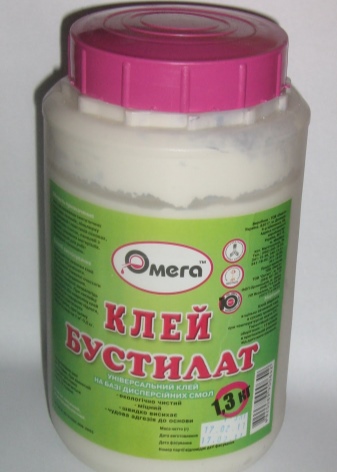

What it is?
The popular synthetic adhesive mixture "Bustilat" was developed more than half a century ago by employees of the Research Institute of Moscow Construction. It is a one-component creamy mass with a latex binder base, the addition of chalk, water, carboxymethylcellulose (CMC), which serves as a thickener, and modifying additives to give the final product optimal properties.
In accordance with GOST, its composition does not contain alcohol, toxic impurities and volatile compounds that are harmful to human health. Most often, the choice in favor of "Bustilat" is made precisely because of its safe composition, which is important to consider when carrying out finishing activities inside the premises.
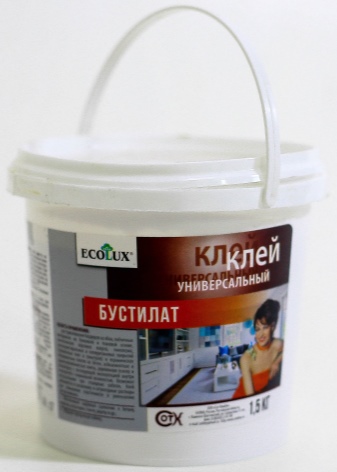
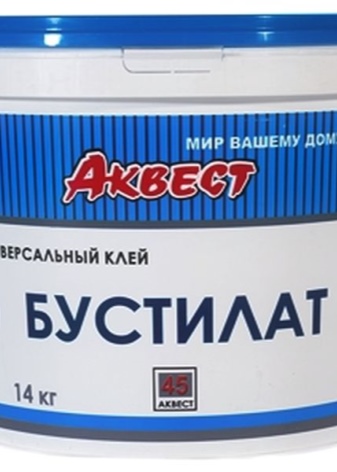
In the process of repair or decoration, situations often arise when the use of nails, screws or construction staples for some reason is unacceptable. In these cases, glue mixtures are rescued, capable of fixing various materials to each other and attaching decorative elements to different types of bases, without violating the integrity of the materials to be joined. Of particular value are adhesives for universal use, which equally successfully cope with the connection of wallpaper, floor coverings, tiles and decor. In addition to the widespread emulsion of polyvinyl acetate (PVA), such abilities are also inherent in "Bustilat", which has proven itself well when laying linoleum.

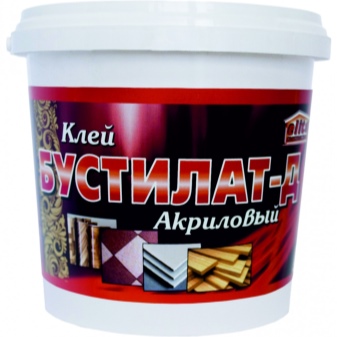
The product is indispensable for fixing:
- synthetic pile coverings;
- ceramic tiles;
- linoleum tiles (PVC tiles);
- linoleum coverings on felt or textile backing;
- Relina - two-layer wear-resistant rubber linoleum;
- parquet and parquet boards;
- carpet;
- wallpaper;
- decorative elements made of wood;
- asbestos-cement products.
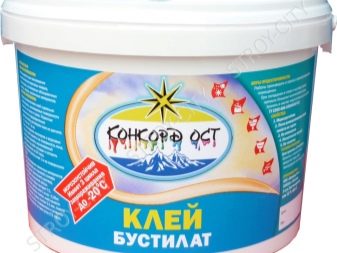
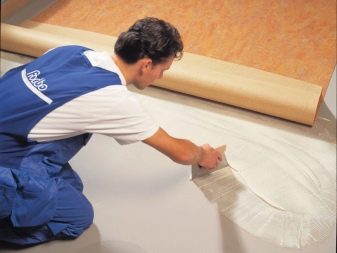
High performance properties of "Bustilat" provide an opportunity connections of the listed finishing materials with the following types of surfaces:
- stone;
- concrete;
- brick;
- wooden;
- plasterboard;
- made of fiberboard / chipboard / particle board.
In addition, "Bustilat" is allowed to mount the decor on plaster bases, provided they are inside the premises.
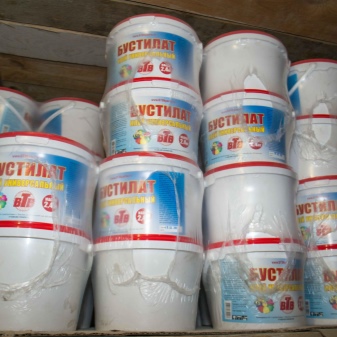
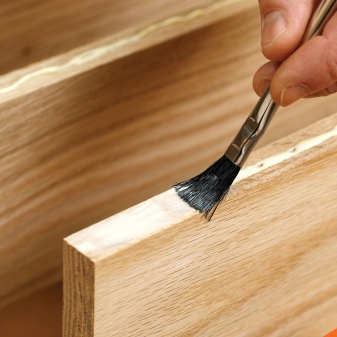
Specifications
Although "Bustilat" is significantly inferior to modern multicomponent formulations in terms of viability, nevertheless it has quite decent performance properties.
Here are the main ones.
- Appearance. The working mixture has a grayish-white color. When dry, a strong, thin, colorless film is formed. There is no smell.
- Consumption per m2.Depending on the type of material to be glued, from 80 to 230 g of the mixture can fall on 1 m2, which is considered a relatively small indicator for such adhesives.
- Curing time. The adhesive layer dries up in a day. It dries fastest at 20 ° C. Full adhesion to the base occurs in a day and a half.
- Fire safety. Non-flammable, as there are no alcohols in the composition.
- It has a long life cycle, due to which the user has a margin of time to fix minor flaws.
- Low frost resistance. Since the composition contains water, it begins to freeze at sub-zero temperatures. In the frozen state, the mixture becomes immune to cold.
- The shelf life in a closed industrial container is 1 year, which is 2 times longer than that of PVA. Optimal storage conditions involve placing hermetically sealed containers with glue in a place with normal relative humidity and a temperature of + 10 ° C ... + 30 ° C.

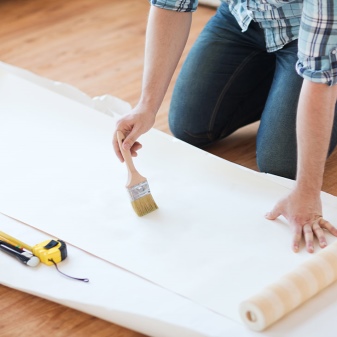
The glue mixture is packed in plastic containers (bottles, cans, buckets) of different sizes: from 1 to 18 kg.
Advantages and disadvantages
The obvious advantages of Bustilat include:
- environmentally friendly composition;
- ease of use: it is combined with almost any materials, which is very convenient, since during repairs you can do with one composition, and not use several specialized tools;
- high rates of elasticity and excellent adhesive ability, which guarantees the strength of the connection of materials for a long time;
- low shrinkage and excellent adhesive ability, which ensures reliable adhesion to natural and artificial materials and the formation of a strong, aesthetic and even seam;
- multifunctionality: can be used not only as an adhesive, but also as a primer and as a waterproofing mixture;
- affordable cost, due to the cheapness of the raw material base and optimization of the production process.
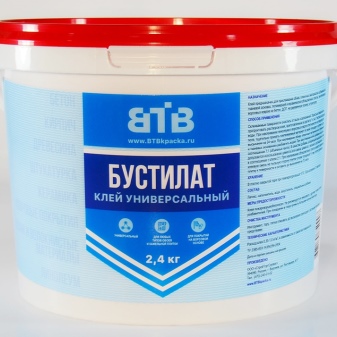
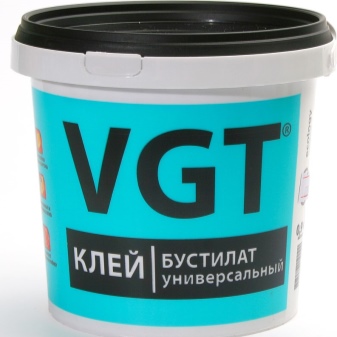
There are no serious flaws in this product. However, if you are looking for a composition with increased durability, then Bustilat does not meet this requirement. Therefore, consider more advanced multi-component compositions.
Views
Several varieties of "Bustilat" are presented in the lines of modern manufacturers. The difference between them lies in the properties determined by the purpose of a particular type of glue. Here is a brief description of the main modifications.
- "M-20". Withstands the effects of negative temperatures due to the composition with frost-resistant additives. Suitable for interior work in rooms without heating. It is good to glue tiles, trellises, pile floor coverings on it. Can be used as a universal primer.
- "H". This variety was designed to adhere to substrates with low adhesion. This mixture is characterized by increased "stickiness", which is provided by special ingredients in the composition and the presence of waterproofing properties. Baseless linoleum, non-woven wallpaper, synthetic carpets are glued to it.
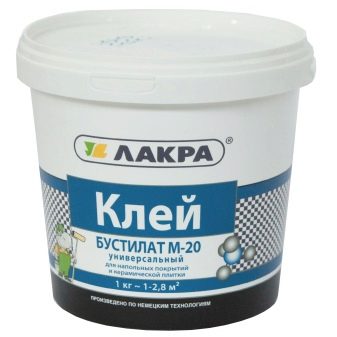
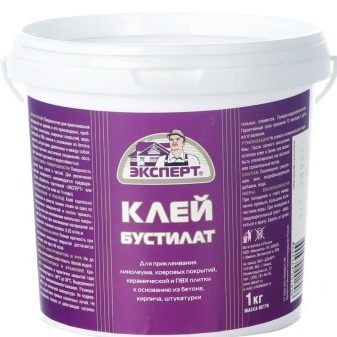
- "D Super". This variety is distinguished by increased strength properties, therefore, with its help, it is convenient to mount heavy materials, in particular dense wallpaper (washable, multilayer, textured), and fix the linoleum to the base. This type of glue has several versions, among which there is a frost-resistant, non-flammable and non-toxic mixture.
- "Lux". Polymeric materials are attached to it: polyvinyl chloride film, linoleum, PVC panels (siding), that is, materials with a smooth coating that are difficult to mount using conventional mixtures. Carpenters prefer to work with "Lux", as it fits well on wooden bases. It can also be used to adhere to plastered or concrete surfaces.
- "Omega". This product is mainly used for the installation of wall and floor coverings with a fabric base (linoleum, carpet, textile tapestries).This mixture preserves the integrity of the structure of materials, so that their surface remains clean, without yellowness and unsightly streaks. The composition can also glue wood.

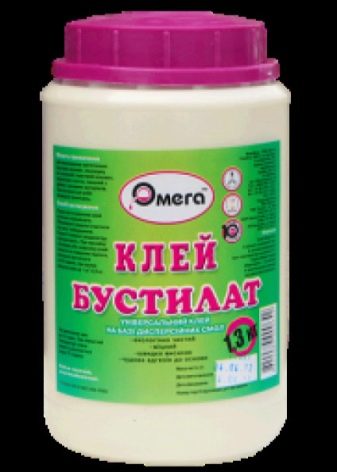
Application Tips
Stir the mixture well before use to form a homogeneous mass. Any tools are suitable for applying the composition: brushes, rollers, spatulas with teeth, ensuring uniform distribution of the adhesive mass.
General recommendations:
- the surface of the fastened products must be cleaned of dirt and, if necessary, degreased;
- when the working solution needs to be given a certain viscosity, then the amount of added liquid should not exceed 5% of the total mass;
- since the adhesive layer sets completely after three days, then during the indicated period of time it is impossible to load the glued product;
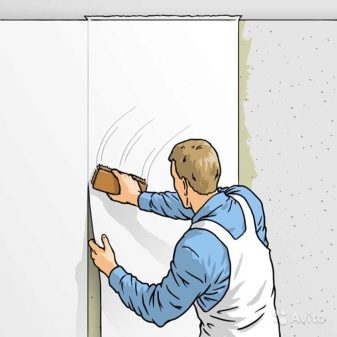
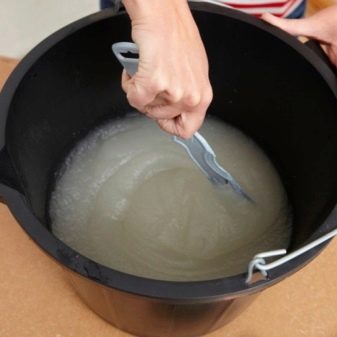
- in cases of fixing floor coverings (carpet, linoleum, PVC tiles) and installing floors made of relin or baseless linoleum with glue, the base itself is treated with glue; when working with tiles, on the contrary, they cover the tiles, not the walls (the adhesive mass is recommended to be applied in a layer with a thickness of 3 mm);
- if it is necessary to increase the adhesion capacity of the base, then it is pre-primed, at the same time creating an unfavorable environment for the development of fungus and mold;
- the general harmlessness of the mixture is not a reason to neglect the observance of safety measures: to protect the skin, you need to use gloves, and at the end of the work, do not forget about airing the room, since the dry glue mass smells.
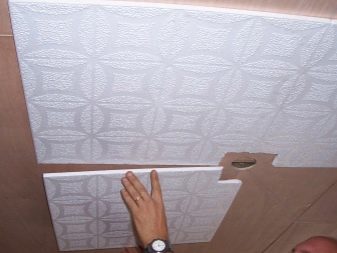

How and how to remove it?
Removing wallpaper glued with Bustilat and washing off the remnants of the composition from the walls can only be done mechanically with a sharp spatula, scraper or brush. Attempts to soak the frozen film with hot water will lead nowhere. It is most convenient to use a grinder with a special brush attachment. The downside in this case is the formation of a large amount of dust, so you will have to use a respirator.
If this method does not suit you, then you can resort to the following: apply a wet cloth to problem areas and iron them or heat them with a hair dryer. Thermal influences will provoke a softening of the film, which can be removed with a scraper or spatula. The process is not quick, but also dust-free.
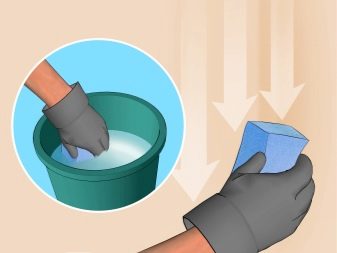
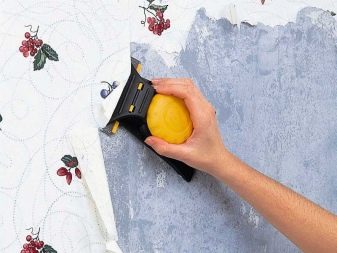
Famous manufacturers and reviews
Due to the long-term demand for "Bustilat", most manufacturers of adhesive products are engaged in its manufacture. We present the top three companies that are most often found in customer reviews.
- "Lacra". Various types of adhesives are produced under this brand, including the universal “Bustilat-M-20”. This product is distinguished by high adhesion strength, good frost-resistant and water-resistant qualities. The mixture is packaged in an industrial container with a volume of 1 or 2.5 kg.
- "Palette". NPK produces a special glue "Bustilat" TURI, on which synthetic carpets, carpet, linoleum with a pile base are glued. The mixture is packaged in 1.3 / 4/10/20 kg.
- "Yaroslavl Paints". The Yaroslavl plant of paints and varnishes produces high-quality adhesive products with specific characteristics, properties and a specific area of use. Here you can buy "Bustilat" in buckets of 10 and 21 kg.
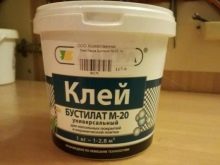
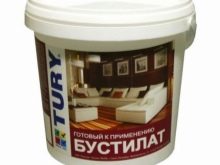

In general, user reviews about "Bustilat" are positive. Of the advantages, most often they note a reasonable price, strong adhesion, versatility and ease of use. Many people like that it can be used for gluing any kind of wallpaper and at the same time be confident in the quality of the finish. Some warn that pasting on "Bustilat", and not on dry glue, is more expensive, which, however, is compensated by the reliability of fixing different types of wall coverings, regardless of their density.

How to glue linoleum on Bustilat glue, see the next video.













The comment was sent successfully.